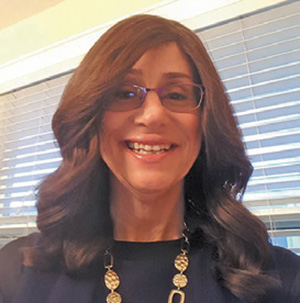
As Jews, we know that we are individuals who are part of a larger, greater whole. This sense of belonging to a group, of sharing with and being a part of others, is essential to our children’s growth and seminal to how they develop. Infants are immersed in themselves, but as they grow they expand their view and start to connect to the world around them: first to their parents (and similar caretakers), and then to extended family. Over time, children acquire a concept of playmates, friends and others.
The al pi darko method supports the development of awareness and respect in three domains—self, others and the environment. Each area needs to be addressed as an everyday part of the classroom and through the policies and procedures that are implemented in the classroom. By doing this, we create a culture of respect in our classroom, which is essential in ensuring that each individual child in the community feels accepted, valued and useful.
“Respect of self” in our context refers to those things that help the child develop into an independent individual and gain better understanding of who he or she is and what he or she needs. This includes skills such as learning to tie shoes and zipper a coat, which require fine motor skills as well as patience, focus and determination. As a child develops, we look at what he or she is currently able to do and consider the developmental step to which we should direct them.
A child who has a good sense of self can and should connect to others. “Respect for others” comes into the picture as we help the child develop positive, pro-social behavior, with qualities such as fairness, friendliness and cooperation. We consider the classroom policies and procedures that will reflect and encourage this culture of respect. Our own communications, verbal and non-verbal, model these principles at all times—as do our actions, expressions and even our tones, which usually make greater impressions on young children than do our words. The ways we as adults interact and work with others, call for another’s attention and even move across the room are all part of a culture of respect and care that helps a child in his or her growing ability to connect with others respectfully. Think about the messages conveyed when an adult bends down to a child’s level, looks her in the eye when communicating and listens with full attention. This culture is a bedrock foundation for any “community.”
“Respect for environment” refers to a child’s relationship with his or her surroundings, typically the classroom and school facilities. Establishing a positive relationship in this regard is an important part of building community within the classroom. A “child-centered” room has a tone and design that reflects a focus on children and their needs, and creates an optimal space in which they will grow, learn and develop harmoniously. In this model, the teachers set up the room and work along with the children to maintain it, which allows the children to be a part of the community. This, in turn, fosters decision-making, idea-sharing and community spirit, and also helps children feel invested in their room. As we set up the physical classroom and plan its policies and procedures, we consider what the child can and should do, and what skill-steps the child will need to learn in order to do what is expected of them.
Children learn these lessons of awareness of and respect for self, others and the environment from the teacher throughout the school day. Teachers—and all adults in the classroom—model the behavior we want our children to emulate. Often the teachers will seize the “teachable moment” and utilize classroom experiences to model appropriately respectful community-building behavior. At other times, these lessons can be taught directly through role-play and the like. The classroom policies and procedures reinforce awareness and respect, and are carefully explained, taught and reviewed. Children see their teachers model the expected behaviors, and have the opportunities to practice and master these behaviors; their teachers, in turn, take the time to assess each child’s skills to see how he or she has internalized the desired behaviors.
When children can take ownership for themselves, their actions, and their classroom’s environment, they can feel confident, empowered and responsible. These qualities are vital in shaping healthy social dynamics. Respect for self, others and the environment lay the groundwork for a child to assume his or her role in the community.
By Rivkah Isaacs
Rivkah Isaacs is director of early childhood at JEC Lower School.









